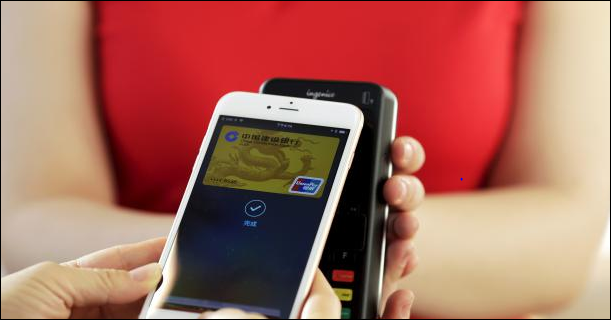Digital financial services has the power to transform the lives of millions of people living in poverty. However, the lack of commercial acceptance presents a major obstacle to its success. Sacha Polverini, president of the International Telecommunication Union Focus Group on digital financial services, and Carol Benson, managing partner at Glenbrook Partners, seeing how to overcome these challenges and promote wider DFS spread in communities that need it most.

Digital Financial Services took off at a speed in many countries in the developing world. An increasing number of poor and unbanked are receiving funds electronically, either through government benefits, payment of wages or money transferred from one family member. However, if you are not able to use this electronic money in their daily life in the same way they use the money – to buy essential items of daily use – are forced to “cash-out ‘this money, conversion again on paper and coins. This takes time, risky and costly and can create disincentives to receive electronic payments, in the first place.
To promote the absorption of DFS and implement a fully functioning digital ecosystem, mobile money has to be easy to use and flexible as cash. This means ensuring the highest number of traders and retailers can accept payments from customers digitally. It is one of the key elements that drive the cashless society.
However, the merchant acceptance remains a problem in many countries. In some regions it is nonexistent. technical and fiscal issues, consumer awareness, education and protection barriers remain. However, the biggest challenge is the cost.
While it is not a clear business model for larger traders use digital payments, it is a major challenge for smaller retailers, which often predominate in developing countries. Until recently, there was an assumption by governments and payment service providers to do the same. The reality is that the scale is very unlikely that small traders have to cover the costs associated with digital transactions. Perceptions become harder to move when they still see cash as an alternative to “free”.
If the merchant acceptance should apply universally, costs must be reduced significantly, and much remains to be done to promote the wider benefits. Governments are also key. They have a role to play in continuing moving more of their operations on digital platforms and the promotion of digital payments as the future of payments and away from all the money.
The Focus Group of the International Telecommunication Union Financial Services Digital sought in what can be done to address this challenge, which brings together both organizations public and private sectors worldwide. The group met in Geneva in December to share their skills, share their teachings and discuss three possible solutions.
The first is cross-subsidization by payment service providers. Make a return on transactions with larger merchants, it is possible that services may be offered for free to small businesses. Although it is difficult in a competitive market, economies of scale could provide a larger and more profitable for all parties market.
The second is the adjacency. A provider that provides additional services, such as loans or marketing information that can cover the cost of simple payment services. This model has been successfully implemented on a smaller scale, in several countries, including Kenya.
The third party may not apply to all – digital money business model could be promoted as a “public good”. Just as governments are in the process of printing, distribution and cash management today, that could take responsibility for part of the costs of digital payments, so it is commercially more attractive for merchants and consumers.
Mobile Money and DFS are widely recognized as a tangible means of bringing financial and digital marketing services to previously excluded populations, today, almost a quarter of the world population. the merchant acceptance remains a major obstacle and one that needs to be addressed. Awareness of the challenges and identify incentives and possible solutions is just the first step. There is a simple answer which will solve these problems immediately and you need to do more research and analysis.
Over the next year, the ITU Focus Group will explore additional factors that could contribute to reducing costs. One of them could be Payments, including the government pay-out. In Kenya, it was observed that an increase in distributions government has led to increased confidence in the SSE, which in turn has led to an increase in the number of payments current. larger volumes can reduce the cost of payments to merchants. To further explore this, the focus group will be running a series of investigations in different geographic areas to assess their feasibility and identify best practices.
Ultimately, in order to overcome these political, financial institutions, service providers, and NGOs should work more closely together to develop the right tools and flexible solutions that operate in the individual markets. Only then you will be able to develop DFS for the benefit of the communities that need it most.
Also Read : Digital Software Provider VMWare Enter Myanmar Market








